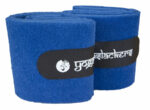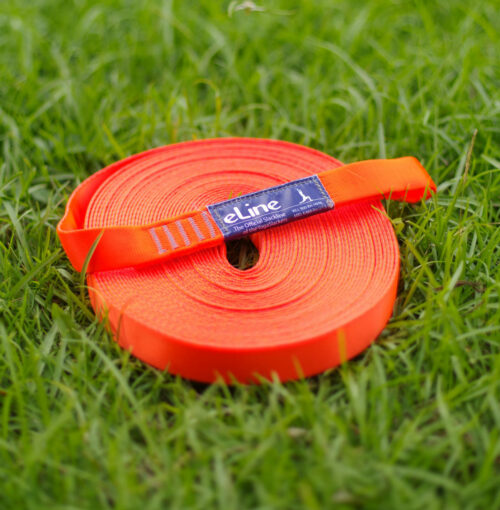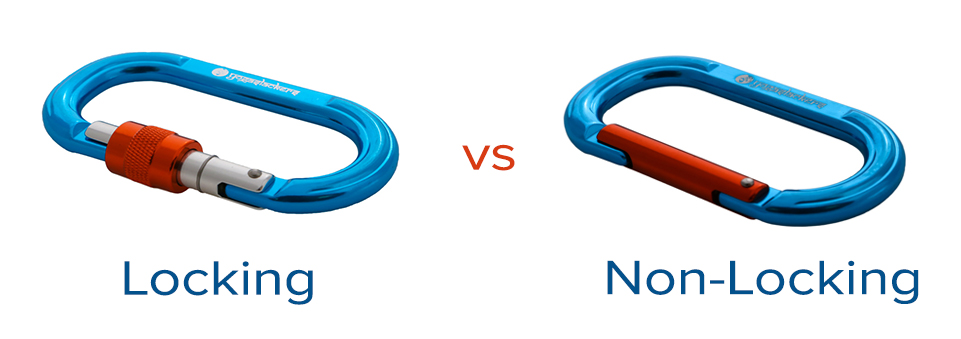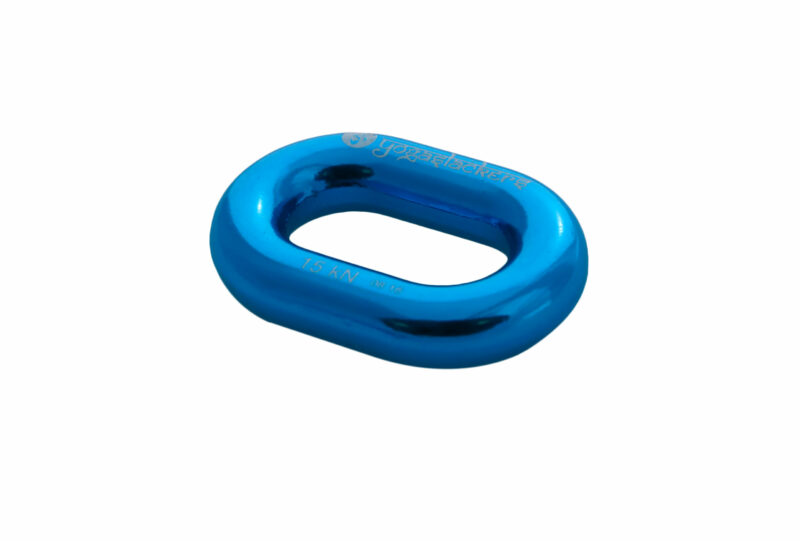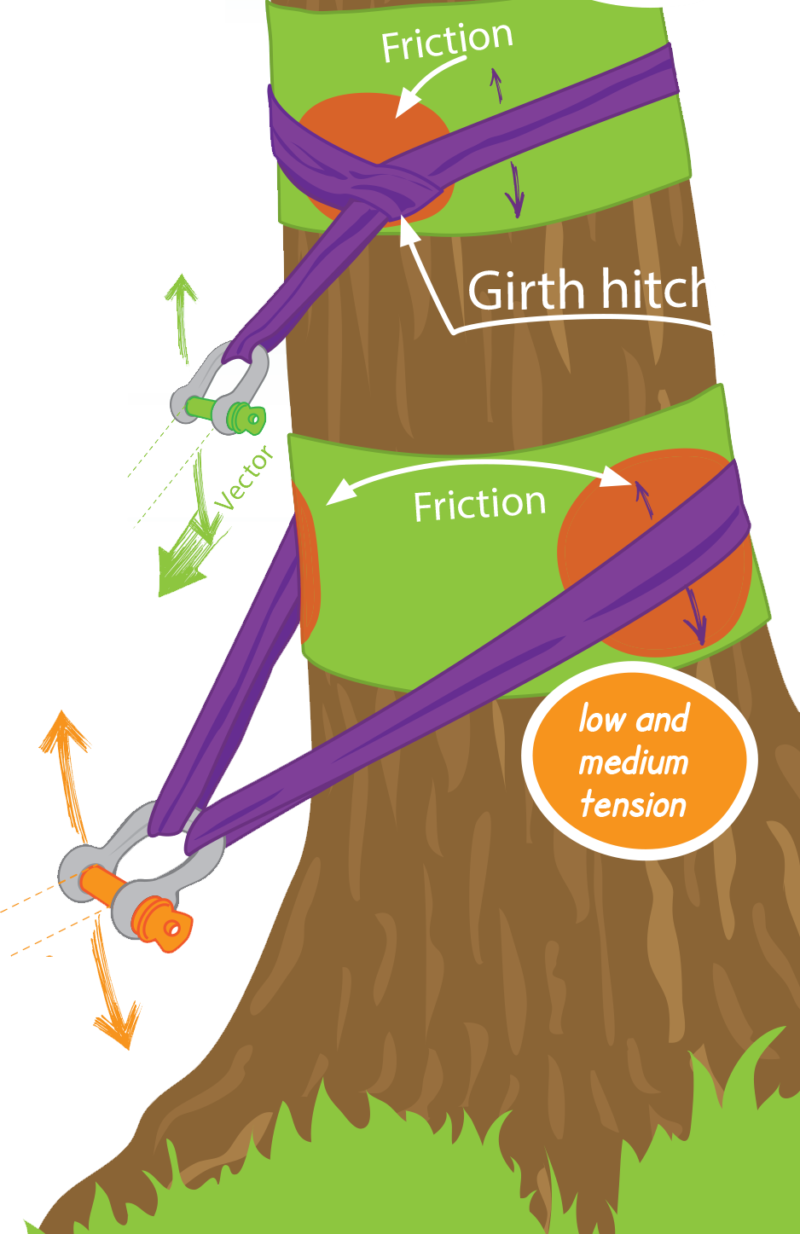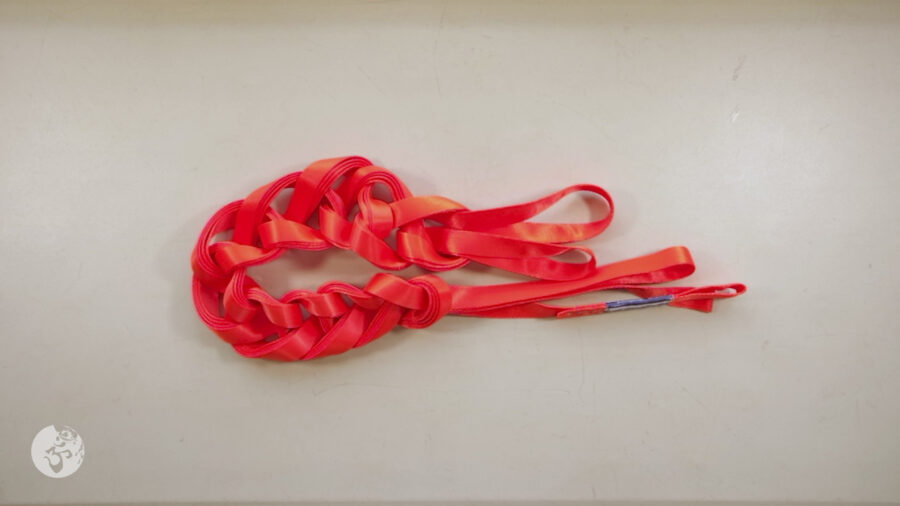Slackline basics
Home | Explore | Slackline Yoga | Slacklining Basics
This page contains information to get you prepared for your slackline journey.
We recommend you review the safety protocol listed in this page before you attempt to slackline. More over, we suggest you review and discuss these guidelines with your friends whenever you go slacklining.
This page also includes additional information to get you acquainted with this sport. From learning about the different types of slacklines currently available to learning the most common terms you will require to communicate with other slackers.
Safety Considerations
Plan Ahead
-
Connect with other slackliners in your area, in person or via the web and social media, to find a suitable spot for slacklining.
-
Know the rules of the park. Some locations do not allow the use of trees for slacklining or may have limits on height, length, and number of lines. Check with officials ahead of time.
-
Avoid busy parks or those historically used for other purposes.
-
Schedule your practices for when the park is least busy.
-
Contact officials if you plan to conduct regular meetings or if you will be using a considerable portion of the park.
Protect The Trees
-
Always use tree protection. Outdoor carpet is great for protecting both the tree and your gear from abrasion.
-
Tree protection should not be attached to the anchor or sling. This allows the anchor to move without affecting the bark.
-
Choose trees that are at least 12 inches in diameter at the height of the sling. If the tree moves, it’s not suitable for slacklining.
-
Look up. Ensure that the tree is alive and its branches are healthy. Check that there are no objects in the tree that might fall during your practice. Also, be mindful of low branches to ensure you won't stand up into a branch.
Choose the Right Spot
-
Stay away from walkways or paths. Do not set up in a high traffic areas, or cut off any obvious paths that bikers or walkers use. This includes worn out paths through the grass.
-
Consider your landing zone. Soft, clean grass is ideal for learning to slack. Sand is another good option. Avoid practicing over rocks, concrete, or hard ground.
-
Make your line as visible as possible by choosing a color that stands out against the background. Attach ribbons or streamers to the line to increase its visibility.
-
Avoid attaching to poles, statues, benches, or any other human-made structures that are not designed for slacklining. While it may not look like it, these are usually not able to take the loads. If in doubt, don‘t use it!
Practice Responsibly
-
Understand the fundamentals and approach the practice with thoughtful progressions.
-
Never leave your line unattended. When not in use, hang a yoga mat or towel in the center to increase visibility, or better yet, de-tension the line.
-
Be aware of kids playing nearby and keep an eye out for them. They may not realize that if you fall off the line, the line will rapidly rise. They may also inadvertently run or ride into your line without warning.
Take Down
-
Take your slackline down before dusk.
-
Leave your spot cleaner than you found it.
You can find more information on safety protocols in the Slackline US site.
Types of Slacklines
We recommend you start practicing Slackline Yoga on a Garden Line. As you progress in your practice you may want to explore other types of slacklines. Here is a list of the different styles of slacklines available. You can practice different styles of slacklining on all of them.
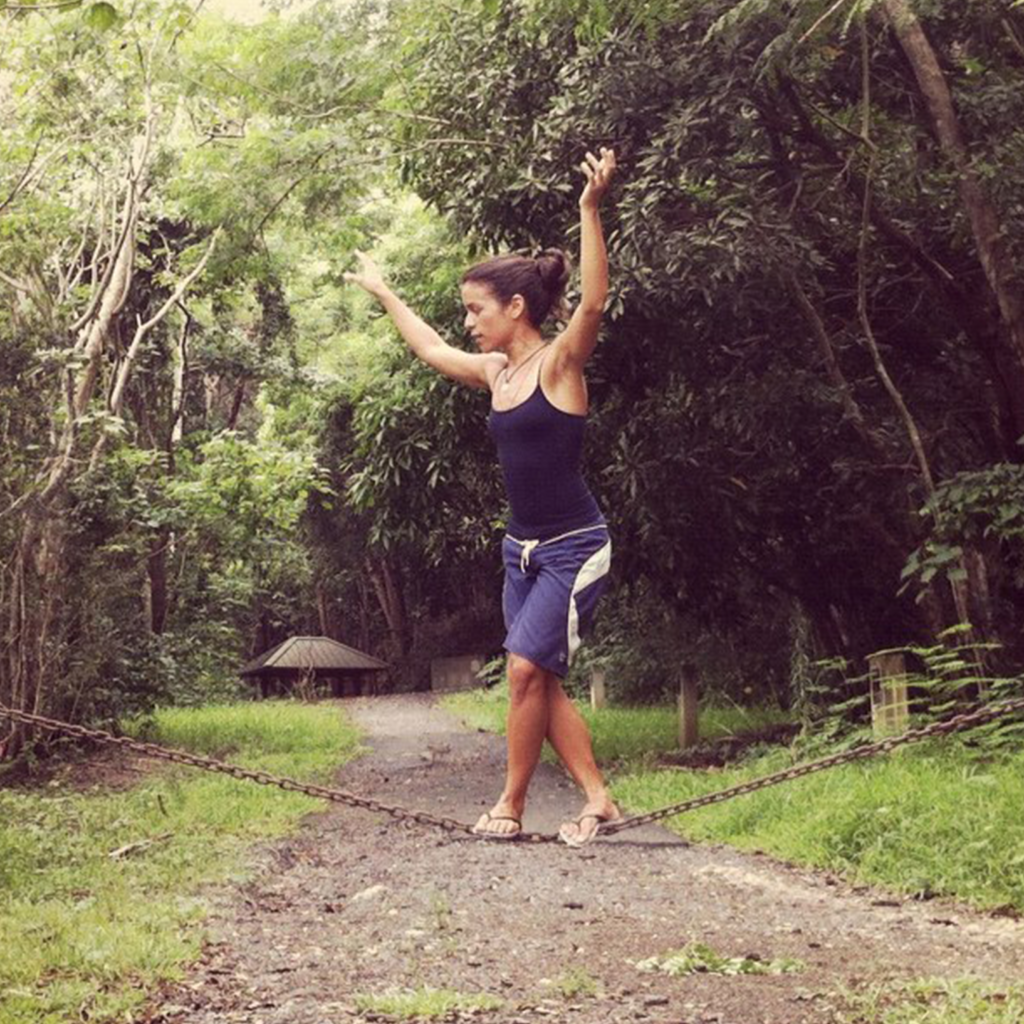
Chain Line
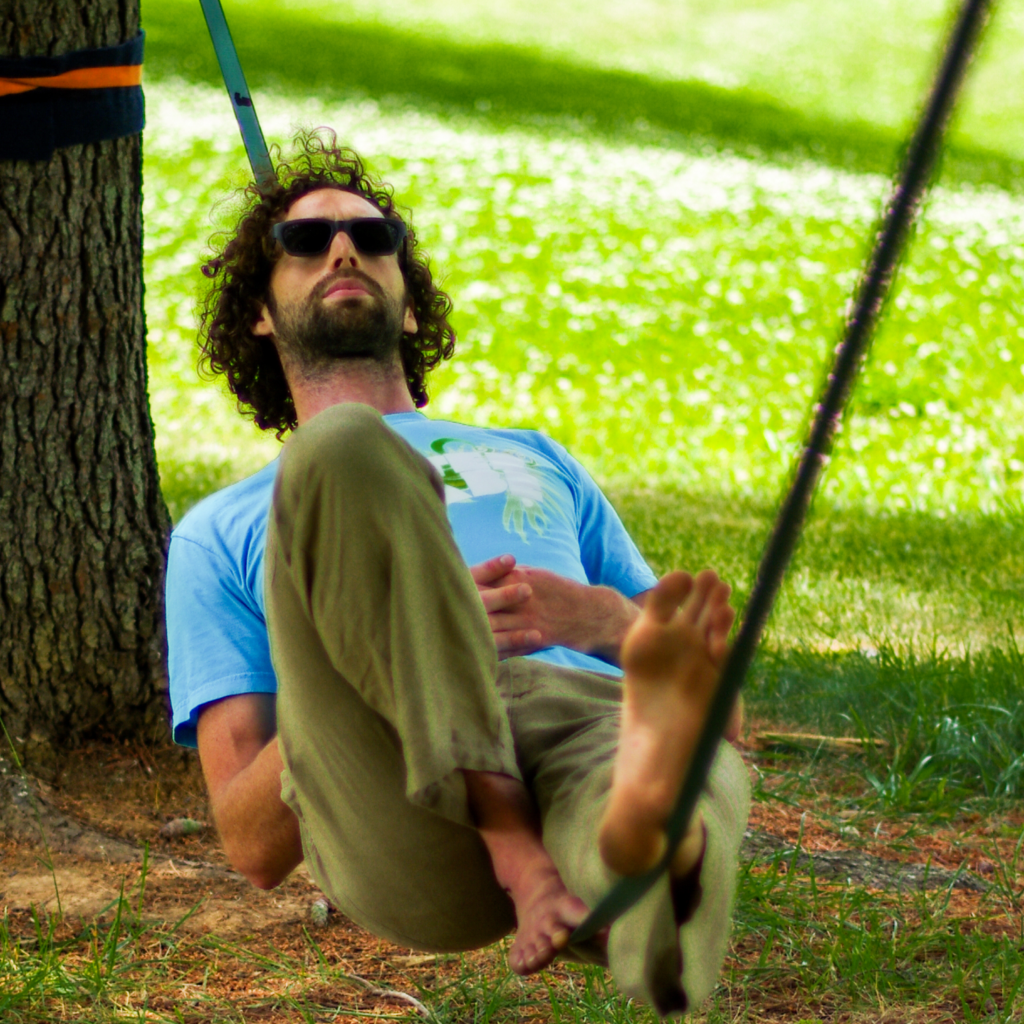
Rodeo Line
These lines are usually short, the ends are hung high with the middle hanging low in a parabolic arch. Rodeo lines are not tensioned, and take supreme control from the user to keep them still. Falls from a rodeo line can be surprisingly quick since the line basically disappears from under the slacker. These lines are perhaps the easiest to set up and both challenging and beneficial to practice slackasana on.
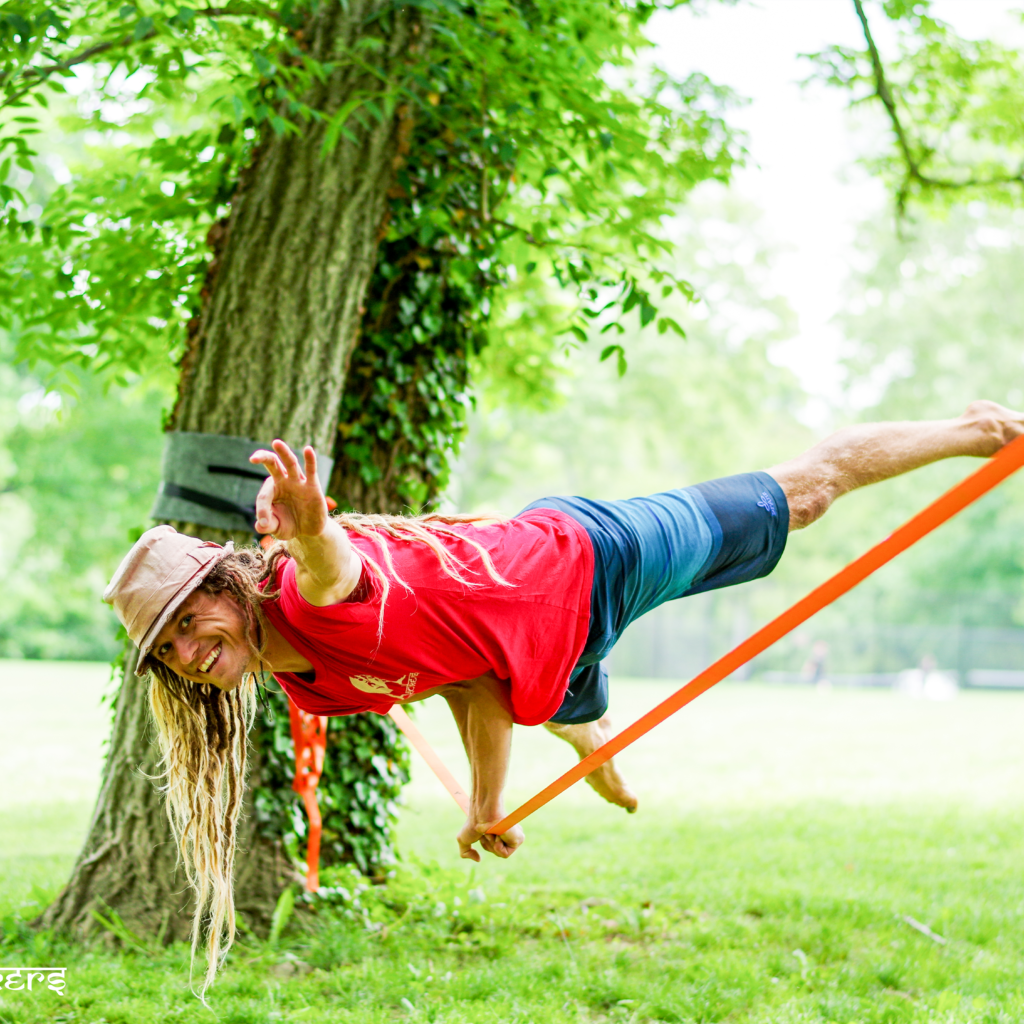
Garden Line
This is the generic term for slacklining on 1 inch webbing that is close to the ground. Garden lines are typically between 20 and 35 feet long and only a few inches above the ground when weighted. This type of line is where most people develop new skills as there is very little commitment required and falls are generally safe. Most slackasana is taught on a garden line. Garden lines are also known as Park and/or Yoga Lines.
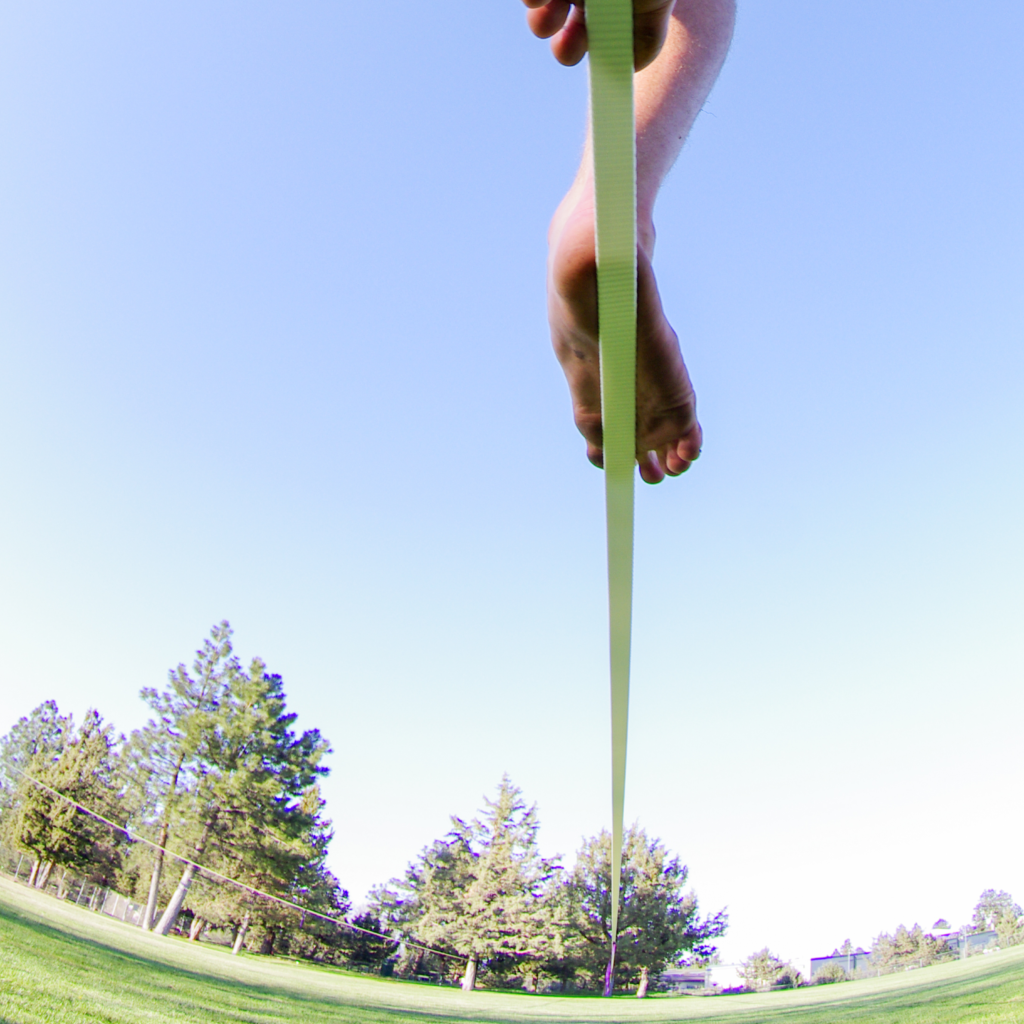
Longline
As the length of a slackline increases, the difficulty of walking and practicing poses on the line increases too. This is because of the additional stored energy in the line, the height required to set them up safely, the amount of potential horizontal movement, and the added cumulative weight of the webbing. Today, longlining normally refers to lines that are at least 100 feet long. With improvements in materials, slacklines of up to 2 km have been walked. A good way to challenge your practice is to attempt simple flows and poses on a longline.
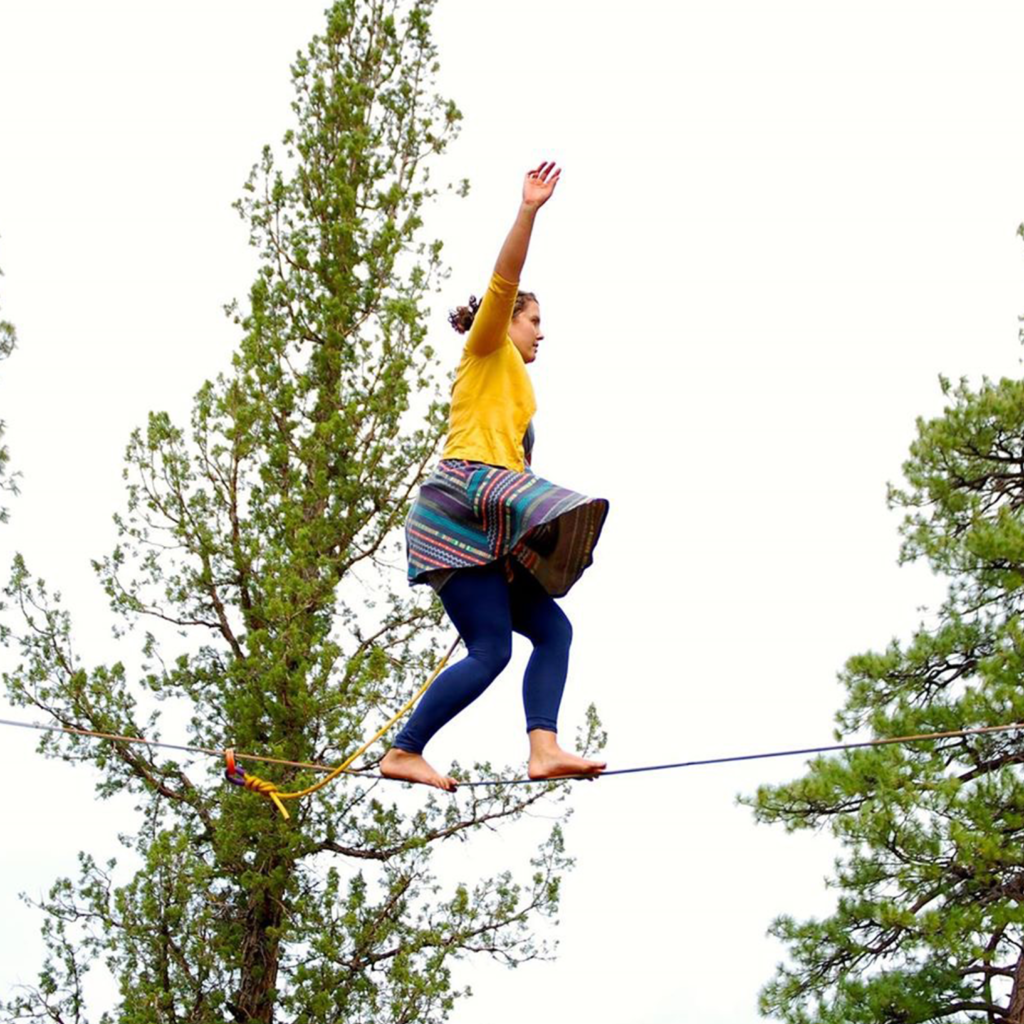
Highline
At one point in slackline history, highlines were defined as a line that is setup at a height that is greater than the length of the line. But now a days highlines can be much longer than higher. Therefore you can define a highline as any slackline set dangerously high from the ground or water. In truth, a highline is any line where a fall from the line would result in a long and fatal drop. Most people walking highlines use a leash to keep them from hitting the ground if they fall. Safety and redundancy are the most important aspects in highlining. All components are backed up to reduce the danger due to gear failure. These lines take supreme focus and determination to both set them up and to slack on them.
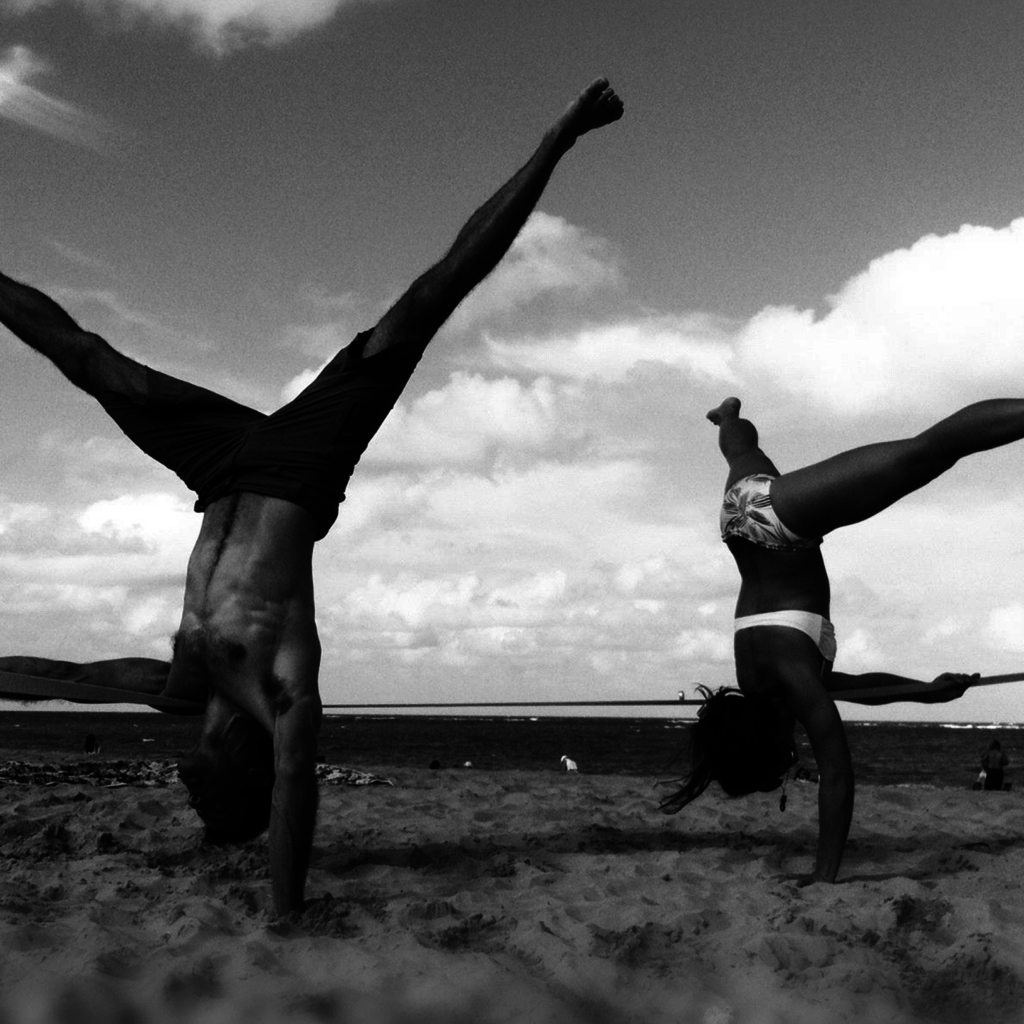
Trickline
The trickline is a relative newcomer to the scene, but currently one of the most popular slacklines in the market. Mainly because of the incorrect notion that having a larger surface to practice is easier for beginners. Tricklines are highly tensioned 2 inch wide slacklines. These lines allow the slackliner to perform many trampoline-like stunts. Most trickliners use shoes and perfect the art of using the energy stored in the line to propel them through space and land back on the line.
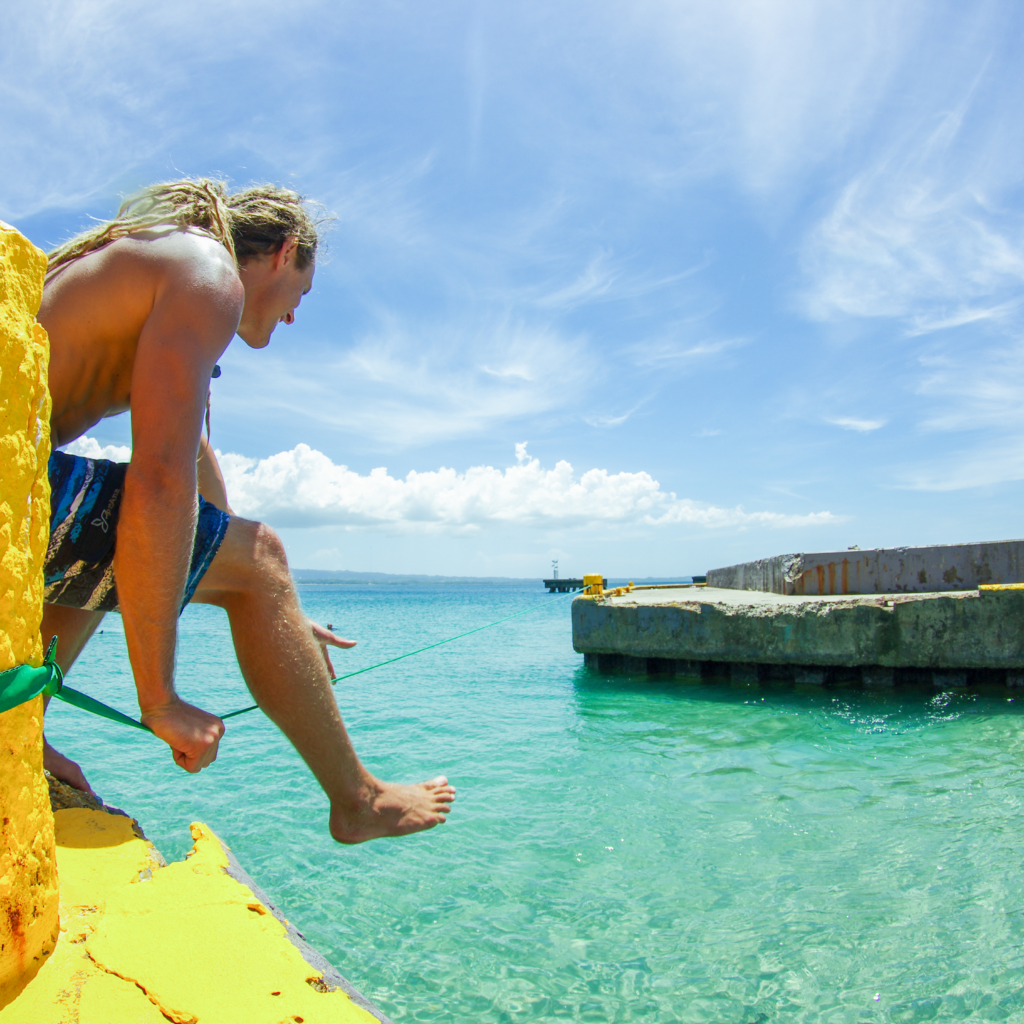
Waterline
Waterlines are lines set up over a body of water, creating unique challenges for balance and focus. They are great for working on new moves that require a softer landing and practicing for higher and longer lines.

Raquel Hernandez-Cruz walking a humanline during a Festival Performance.
Humanline
A slackline supported and anchored by people. This form of slacklining emphasises – quite literally – the support provided by the larger community to a slackliner.
Important Slackline Terms
Rigging
Material used to protect the bark of the tree from pressure and abrasion.
Slackline Components
Primitive Tensioning System
3) Fastening System
Shackles
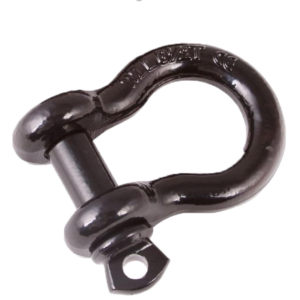
4) Tensioning System
Sag




